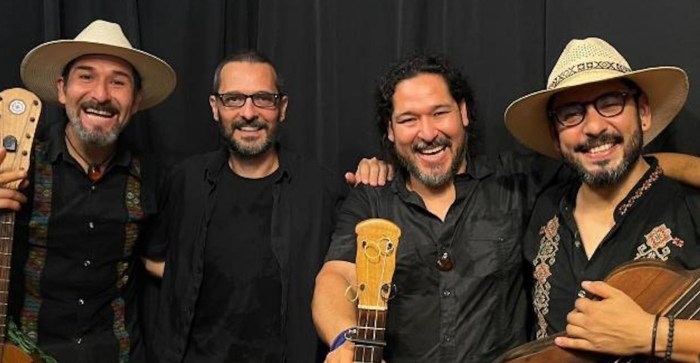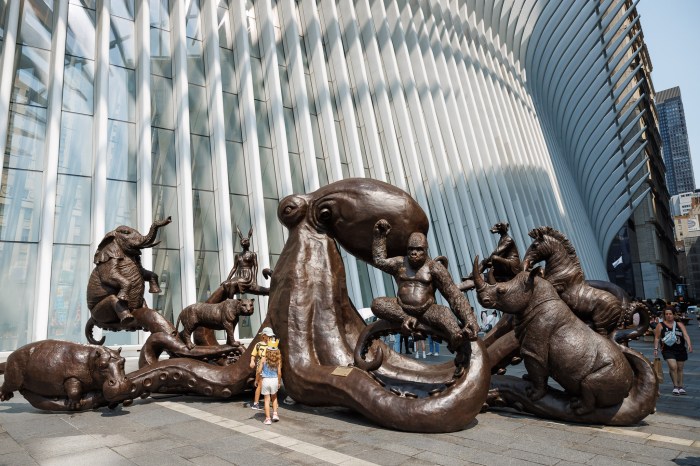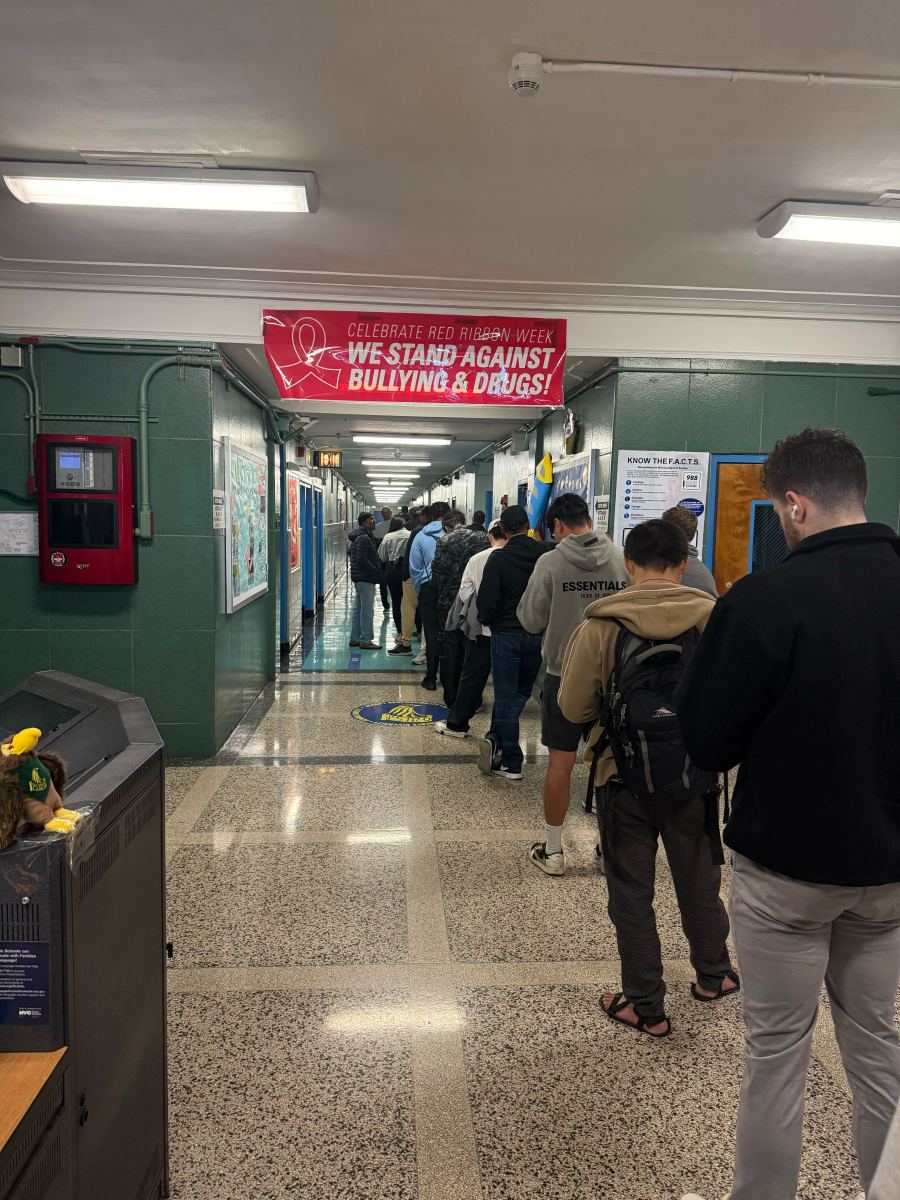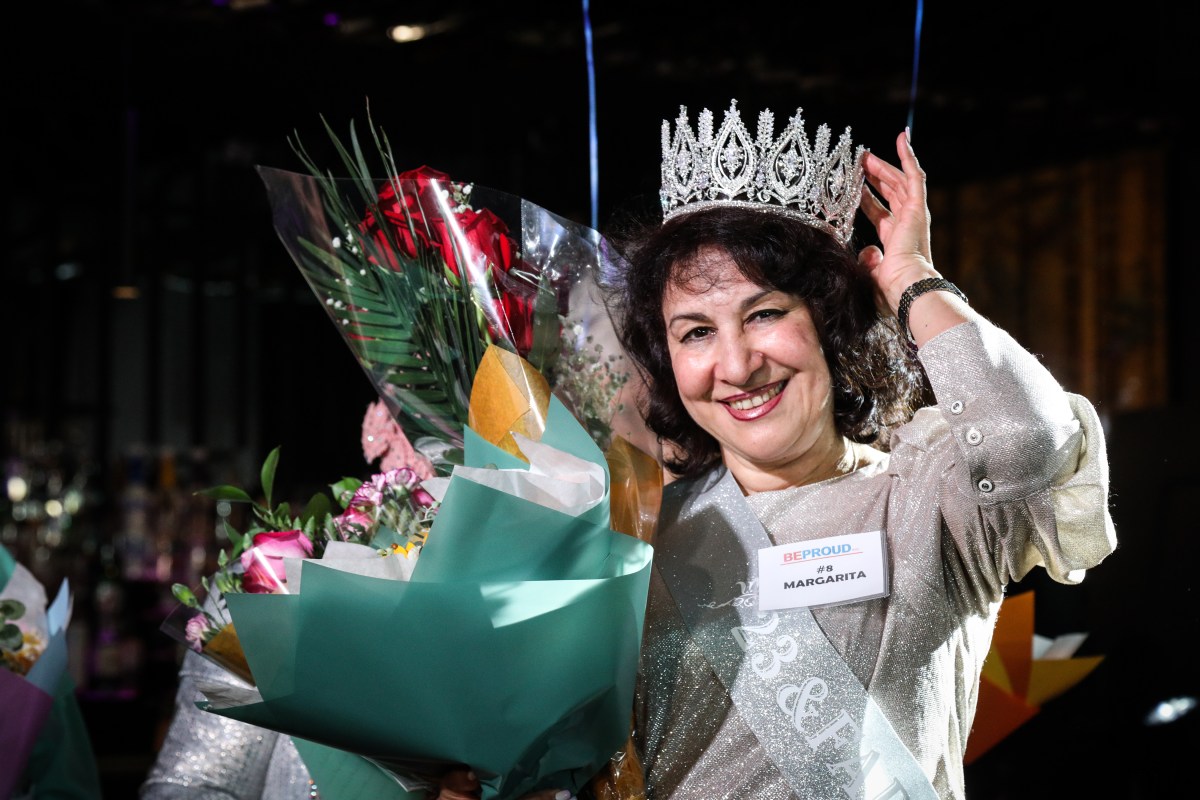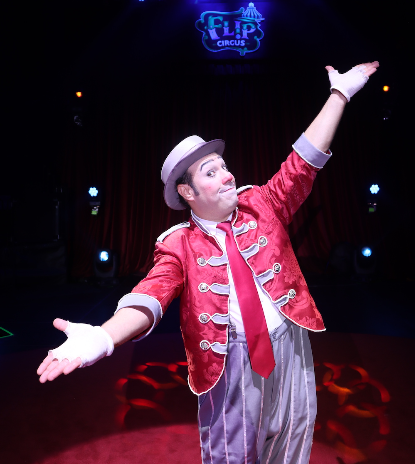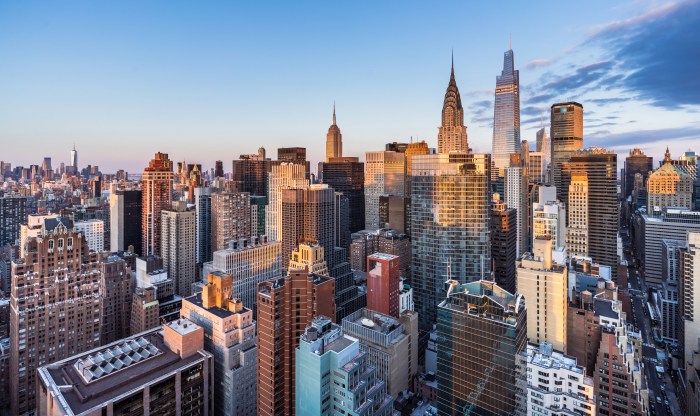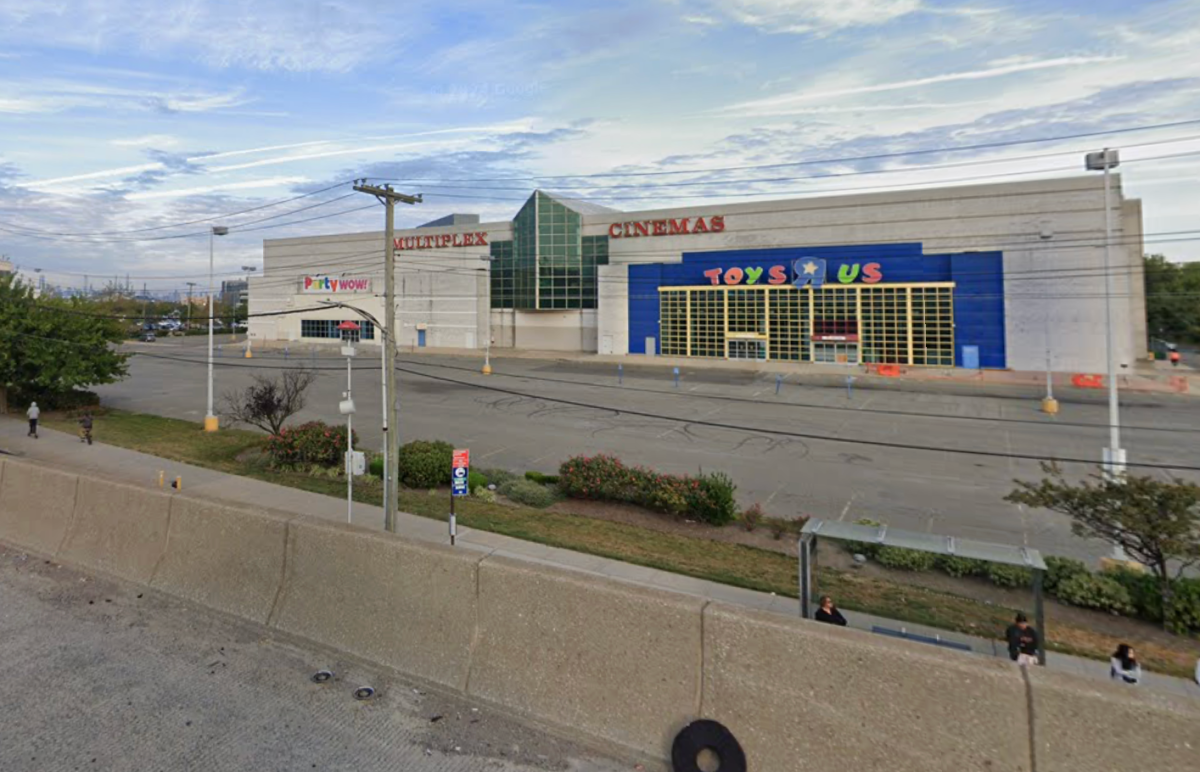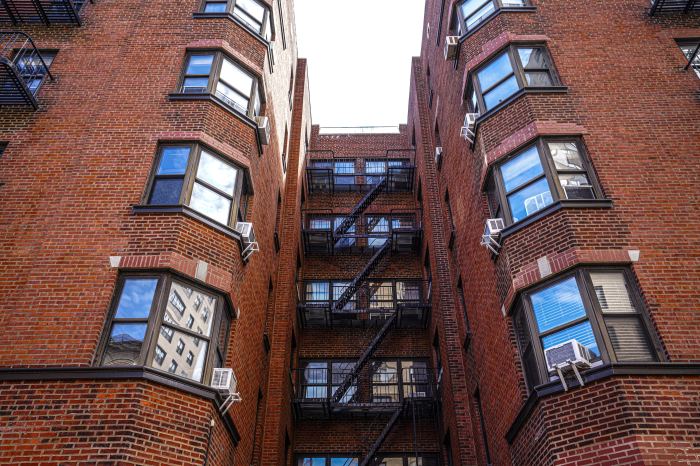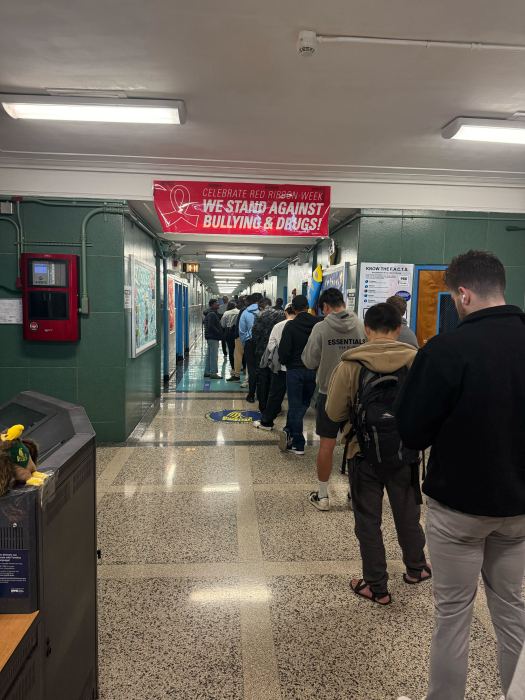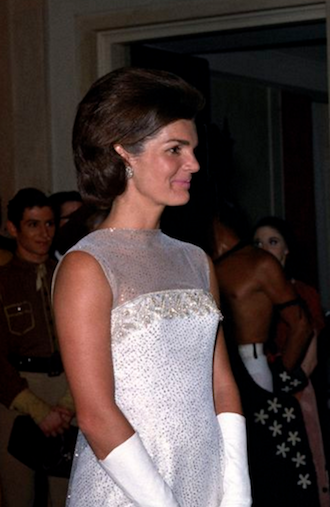
BY JACKSON CHEN | A landmarking push for the second-oldest church on the Upper East Side has picked up steam after a devoted community sent in more than 3,000 letters in support of its preservation.
The thousands of letters, emphasizing aspects of both architectural and cultural significance, requested a landmark designation for the Gothic Revival-style Church of St. Thomas More complex at 65 East 89th Street. The process is being spearheaded by Carnegie Hill Neighbors, an organization dedicated to preserving the historic character of the area from East 86th to 98th Streets between Third Avenue and Central Park. Lo van der Valk, president of Carnegie Hill Neighbors, said the organization solicited support for landmark designation from nearby residential coop buildings and their board presidents. The group is now organizing, collating, and scanning the several thousand letters before submitting copies to City Councilmember Dan Garodnick, Borough President Gale Brewer, and eventually the Landmarks Preservation Commission. “I am happy to see the outpouring of support for such an important institution of the Carnegie Hill community,” Garodnick said in a statement. “The Church of St. Thomas More is a noteworthy piece of architecture and extremely worthy of landmarking.” The church is the second-oldest church in the neighborhood, according to the Friends of the Upper East Side Historic Districts, which attributed an 1870 construction date to St. Thomas More. According to Elizabeth Fagan, the Friends’ director of preservation, the church was inched out by the Church of the Resurrection at 119 East 74th Street, for which construction began just one year earlier. Separate from its historical value, van der Valk noted, is the cultural value that the church provides to the community. He explained that the many Catholic schools in the area draw many worshippers to St. Thomas More. “This is the kind of church that people want to belong to, to be a part of the community,” van der Valk said. “This is a real parish church where people feel closely associated with it.” According to Father Kevin Madigan, the church’s pastor, the structure has only been a consecrated Roman Catholic church since the middle of the last century, having previously housed two other Christian denominations — the first Episcopal, and later a Dutch Reformed congregation. The building was rededicated by the Catholic Archdiocese of New York in 1950. The church is now part of a parish of about 1,000 families, according to Madigan, which is divided between St. Thomas More and the Church of Our Lady of Good Counsel at 230 East 90th Street.
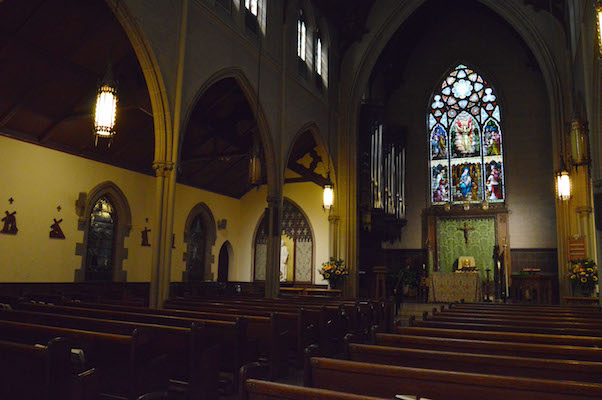
St. Thomas More also has a colorful history of parishioners, having been the faith home to both former First Lady Jacqueline Kennedy Onassis and the renowned pop art pioneer Andy Warhol, according to Madigan. Funeral services for Kennedy Onassis, who attended St. Thomas More until her death in 1994, had to be held at the larger Church of St. Ignatius of Loyola nearby due to the size of the crowd of mourners, but five years later, the Kennedy family held a private memorial for John F. Kennedy, Jr., at St. Thomas More after his death in a plane crash. In addition to its role as a place of worship, St. Thomas More also houses several community programs, including one that prepares meals for senior citizens as part of New York Common Pantry as well as 12-step meetings for Alcoholics Anonymous and Gamblers Anonymous. The modest and peaceful structure was built by Hubert, Pirrson & Company, and is adorned with stained glass depictions of the Virgin Mary, the Holy Trinity, and Saints Peter and Paul. “Buildings of this sort are more and more being threatened,” Madigan said. “It’s nice to have a building with a sacred nature or aspect to it in the midst of a neighborhood like this.”
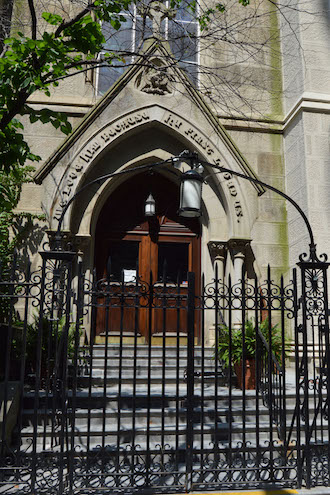
As recently as last year, there were fears that the archdiocese might shutter the church to merge the parish with St. Ignatius of Loyola at 980 Park Avenue, between East 83rd and 84th Streets. Rumors about that ignited the current landmarking effort. Madigan said the possibility of closing St. Thomas More was raised at one point back then, but that all talk of the church closing is now off the table. “We feel comfortable about it now so we’re not so worried that this church is going to vanish,” Kelly Carroll, the Historic Districts Council’s director of advocacy and community outreach, said. “In the meantime, we’re just trying to build community support to make people know it’s there and appreciate it.” The current landmarking efforts aim to raise awareness about what many in the community clearly consider a valuable aesthetic addition to the neighborhood, but also to quell any risk that the church might be imperiled at some point down the road. Madigan emphasized that any discussion about landmarking would be a matter for city agencies to take up with the archdiocese under the leadership of Cardinal Timothy Dolan. Though he would likely not be directly involved in that process, Madigan said he wouldn’t mind the designation, even if it meant some restrictions when it comes to exterior maintenance. “Both for historic and religious reasons, it’s nice to have a church that goes back to the 19th century,” Madigan said. Van der Valk noted that St. Thomas More’s historical value has already been recognized by New York State, with the State Historic Preservation Office having determined in June that the complex is eligible for the State and National Registers of Historic Places. Those protections, however, are not as strong as those afforded by a city landmark designation, so van der Valk is hoping the thousands of letters demonstrate to the LPC just how much the community cares about the church and its permanence in the neighborhood.
Read more: LIU Offers New Veterinary Scholarships for Black Students



